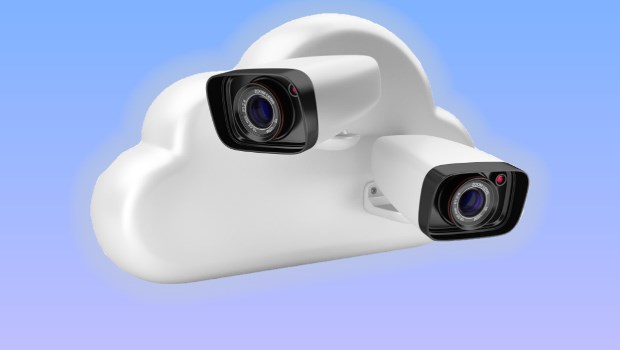Cloud-Based Video Surveillance: Providing 'Eyes and Ears' for Automated Self-Storage Facilities
While an unmanned facility can be advantageous for a self-storage owner or investor, it faces unique security challenges. Cloud-based video surveillance can help reduce risk. Here’s insight on choosing, placing and installing cameras for maximum effect.
June 6, 2016

By Shawn Kane
An unmanned facility can be advantageous for a self-storage investor or owner. It can often be operated as satellite site to a larger property within a portfolio or as a standalone facility for someone who owns other businesses. There’s no need to budget for payroll or concerns about staff turnover. Plus, some customers turn to automated properties for the convenience factor.
However, with no one on site to monitor activities, these properties face unique security challenges. Most rely heavily on remote access control to constrict the traffic flow to paid customers and protect the facility against crime. Even so, these sites can be at risk for break-ins, theft and vandalism.
Cloud-based video surveillance can alleviate these concerns, giving owners 24/7 visibility of their sites via smartphones, tablets or computers accessible from anywhere in the world. If you own an unmanned site or are thinking about buying or developing one, follow these guidelines to ensure it has the protection it needs.
Recording Activity
Cloud video can keep you in touch with your property even when you’re not physically present. You can simply log into your account via a Web browser or mobile app to see in real time what’s happening at your facility. If you own multiple properties, all of them can be simultaneously watched from one central view for convenient, secure monitoring.
Onsite recordings are stored online for easy retrieval and reference if an issue arises. You can even configure event-driven notifications, so you’re e-mailed or sent a text in real time if a specific event occurs, for example, a camera goes down, a unit is broken into or someone is on the premises during off hours.
For even stronger protection, the camera system can be monitored via a 24/7 central-station monitoring center. In this case, you would also receive a phone call if suspicious activity occurs, and the proper authorities would be dispatched if required.
Choosing Cameras
Video quality is often only as good as the equipment you use, combined with proper placement. The good news about cloud-based cameras is, unlike box solutions with on-premise digital video recorders, the footage can be accessed from anywhere at any time. If the camera is stolen, painted over or broken, the video isn’t lost with the local device. It remains accessible online, allowing proper review of the footage.
When choosing your cloud-based cameras, make sure they are:
High-definition: This results in better quality, high-resolution footage, thereby enabling you to identify faces, license-plate numbers, car models and more.
Infrared: Most storage sites are low light at night, so you want cameras to be able to clearly identify objects and people in the dark.
Vandal-proof: You want a rugged design that can withstand harsh weather, rough treatment and abuse.
Installation and Placement
The number of cameras needed and their placement will vary based on the size of your storage facility. Work with an experienced security partner (ideally one with expertise in cloud-based and network implementations) to assess your location and properly place cameras for maximum visibility. While do-it-yourself may seem like a cost-effective option, it often results in overlooked security gaps, such as misplaced cameras, misconnected wiring and poor system maintenance.
Generally speaking, cameras should be placed at the:
Gate or entry: If paired with event-driven recordings, you can then receive a notification any time someone enters or exits the main gate.
Driveways or throughways: While you don’t need a camera on every storage unit, position them to record the comings and goings of main facility areas.
Kiosks: Monitor any rental or payment-receiving machines to prevent theft, especially if your facility accepts cash.
The best way to secure an unmanned facility is to obtain a clear view of what is and isn’t happening on site. Cloud-based video surveillance helps you achieve this by providing the visibility needed to keep units safe from break-ins, vandalism and theft. Customers also get peace of mind that their valuables are secure.
Shawn Kane is the commercial sales manager for the Philadelphia district at Vector Security, a provider of customized, intelligent security solutions. Headquartered in Pittsburgh, the company offers a full suite of electronic security services for business and residential customers across North America and the Caribbean. To learn more, e-mail [email protected]; visit www.vectorsecurity.com.
You May Also Like





